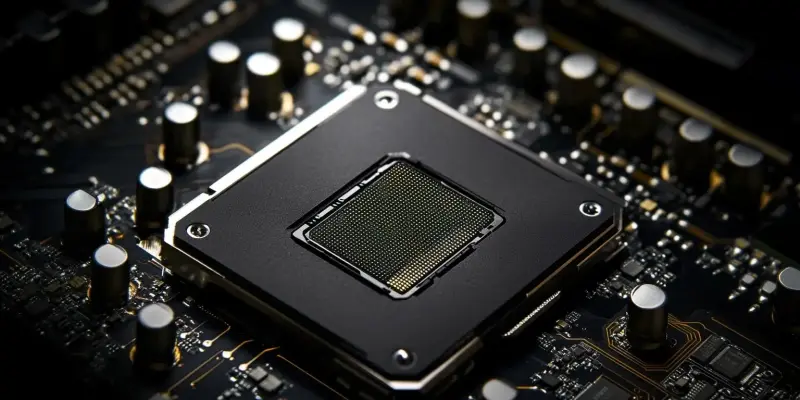The phenomenon of Asus RTX 5090 graphics cards selling out rapidly, despite soaring prices, has been particularly bewildering to many industry observers. A notable instance occurred when a Micro Center store in Dallas received a shipment of Asus RTX 5090 Astral LC cards priced at a staggering $3,720, well above Nvidia’s Manufacturer’s Suggested Retail Price (MSRP) of $1,999. Doubts about consumer willingness to pay such exorbitant prices were quickly dispelled as the cards sold out within just a few hours, signaling significant consumer demand.
Rising Prices and Consumer Demand
The trend of third-party manufacturers inflating GPU prices beyond suggested retail levels is not a new phenomenon. Companies like Asus, MSI, and Zotac have been observed significantly raising their RTX 5090 prices. Asus, specifically known for its high-end models, recently increased the price of the ROG Astra LC RTX 5090 to $3,409, making it evident that rising costs are becoming a norm in the market.
Interestingly, this isn’t a localized event. Similar sell-outs have been reported at Micro Center’s Houston store, further illustrating the intense demand for these graphics cards. One redditor observed multiple RTX 5090 deliveries at the Dallas store, initially perceiving them as unsellable due to their high price tags. However, even these costly units were quickly purchased, underscoring the strong consumer appetite for advanced GPU models.
Justifications for Price Hikes and Market Dynamics
Manufacturers often justify the price hikes by citing increased tariffs on Chinese imports and higher production costs. Yet, there is a notable consensus among some analysts that companies are pushing these prices primarily because consumers continue to be willing to pay them. This trend fits into the larger pattern of rising GPU costs, where consistent consumer demand facilitates further price increases.
Current listings on eBay for these GPUs range dramatically from $4,300 to a startling $6,250. These inflated prices not only highlight consumer willingness to purchase expensive GPUs but also make such products highly appealing to scalpers. Scalpers, who buy and resell these units at even higher prices, further contribute to the escalating costs, driving a cycle where high demand and limited supply push prices up consistently.
Conclusion: A Cycle of Demand and Price Elevation
The rapid sellout of Asus RTX 5090 graphics cards, despite their sky-high prices, has left many industry experts perplexed. Analysts now wonder what drives consumers to purchase these expensive graphics cards so swiftly. The allure of cutting-edge technology, superior performance, or simply the desire to own the latest and greatest may be factors contributing to this phenomenon, reflecting a market trend that continues to puzzle and intrigue industry watchers.

